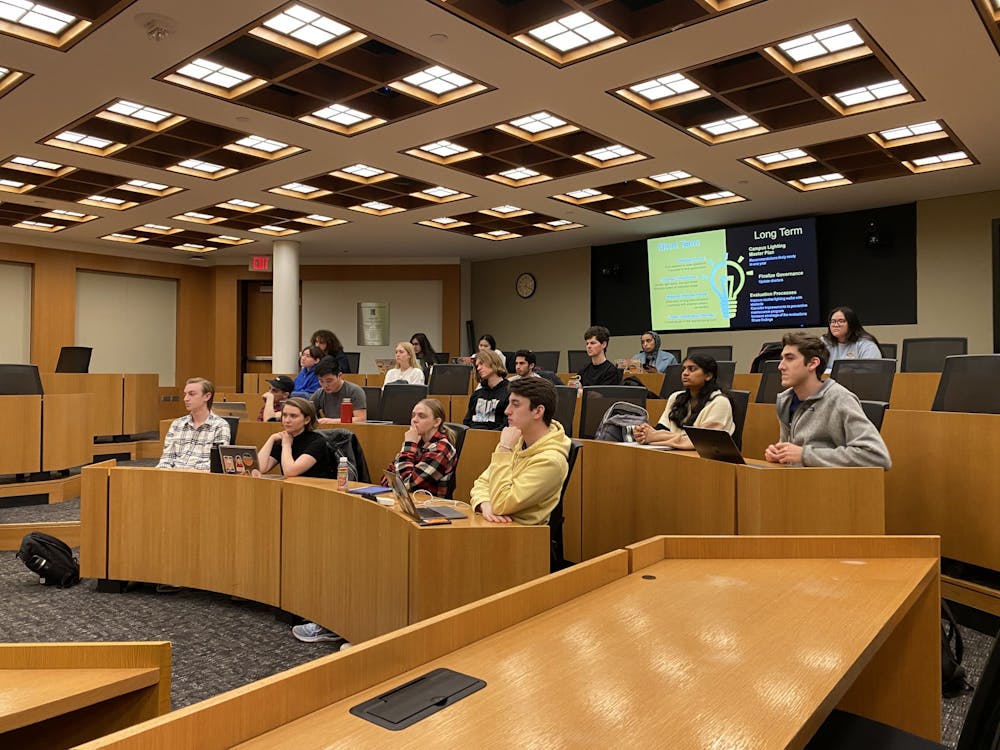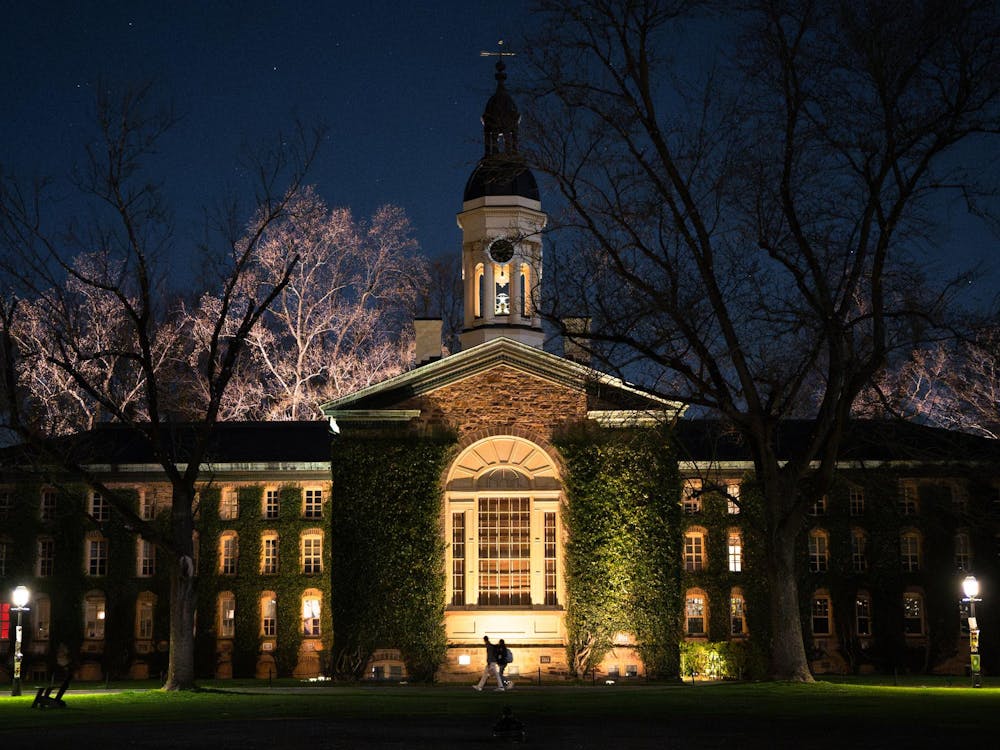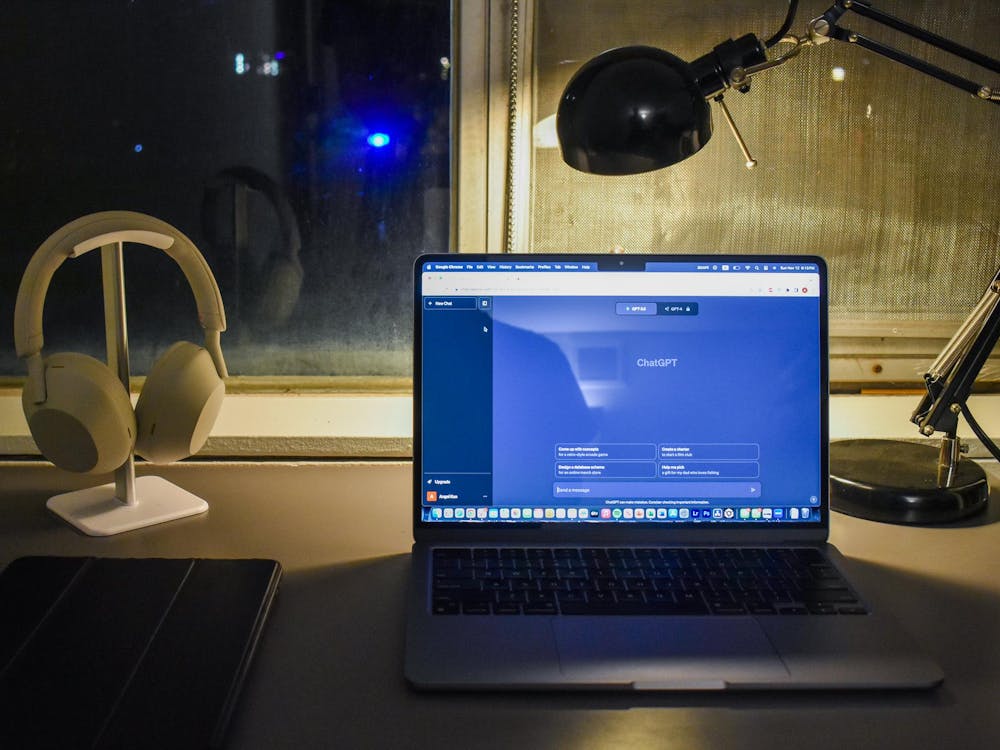The following is a guest contribution and reflects the author’s views alone. For information on how to submit an article to the Opinion Section, click here.
Last week, you may have read that the Undergraduate Student Government (USG) is considering increasing student activity fees. As the USG treasurer, I hope to lay out why an increase in student activity fees would be good for the student body and why we all have an interest in calling on the administration to implement it.
As it stands, the $45.50 student activity fee per semester is significantly lower than our peer institutions. Cornell’s USG equivalent receives three times our level of funding each semester, and Stanford’s receives six times as much. This disparity allows other student governments to do things that seem unimaginable to a Princeton student (for example, Stanford’s student government provides free legal counsel to all students). While we’re not tripling or sextupling our budget, a reasonable increase would mean that USG could begin restoring the many projects and initiatives that we have lost over the years due to rising costs.
While the finances behind USG can be complex, I think this is a no-brainer issue. Here’s the logic:
Firstly, the USG budget is critical for our student experience — it funds Lawnparties, grants for 150+ student events a semester through the Projects Board, Tigers in Town, free movies, and more. Secondly, the USG budget is entirely funded by student activity fees, which have stayed stagnant, despite inflation, for two decades. Thirdly, the USG budget is already stretched thin and faces a bleak financial future. Fourthly, student activity fees are fully covered by financial aid, meaning that no students will face financial hardship as a result of an increase. For students not on aid, any increase considered would represent less than 0.1 percent of the overall cost of Princeton (with an outsized benefit). Finally, raising student fees mobilizes Princeton’s financial resources to improve equity and access within the student social experience.
On a basic level, this is how USG finances work: Each semester, USG receives $45.50 for every enrolled undergraduate student. This semester, the amount totaled approximately $240,000. Additionally, we typically maintain a reserve of about $20,000. While we temporarily had a surplus of funding from the University during COVID-19 (which allowed us to create new programs like Tigers in Town), that has now run dry, and by the end of the semester, we will likely fall below $20,000 in reserves. The total minimum cost of our standard semesterly programming is now $250,000, so each semester, we run at least a $10,000 deficit (although this is usually higher due to other discretionary spending, like our March Madness Celebration). Once our reserve budget runs out, we will likely have no choice but to significantly cut back on programming, such as Tigers in Town, which has been sustained by our COVID surplus. Most of the budget comes down to just a few items, with any shortfall resulting in the loss of key programming for students.
Here’s how the USG currently spends its money, and how we could make programs better with more resources:
First, we spend $118,000 on Lawnparties, which is our largest event of any given semester. Most of this number goes towards the headliner, stage, and security, and it’s low as we can go and still put on the full event. Increasing this by even just $20,000 would mean significantly bigger artists and a better quality event (so we aren’t all dehydrated and sad that there’s no more Taco Bell).
Then, we spend $60,000 on Projects Board, which directly funds 150+ student group events every semester but is currently unable to fund most proposals fully (to apply for funding from USG for your student group, look here). An increase in funds would allow for more student-led events for the community.
Next, $24,000 is allocated for the USG Movies Committee — This goes towards weekly free movies at the Princeton Garden Theatre, outdoor movies, and occasional buses to AMC for big premieres. A larger budget would mean more frequent and exciting trips.
Finally, there’s $50,000 for everything else, which includes Tigers in Town, Porchfest, and Dean’s Date celebrations, which all have room for expansion. If you’d like to see a detailed breakdown of our budget, it is available here.
Although USG does a lot to support student well-being and campus social life, we used to be able to do much more — because our budget was relatively bigger. The last time the USG budget was meaningfully increased was over two decades ago, and due to a quarter century of inflation, much of our buying power has been eaten away.

In the past, USG provided subsidized shuttles to the airport and athletic events, subsidized summer storage, booked more prominent names for Lawnparties (à la Rihanna), and better-funded student groups through the Projects Board. With a budget increase, we could revive past successes and establish new projects, like student-run affinity and recreational spaces.
While the capacity of the USG budget shrank, the undergraduate student body continued to expand and diversify. As the number of student groups increases and we adjust to Princeton’s four-year expansion, we will need to more than proportionally expand USG’s budget, because a larger and more socioeconomically and culturally diverse student body warrants new student services and events. Given the limits on our funding, we risk failing to meet the needs of every community. An engaged student body needs a budget to match. Without a budget increase, USG will have to reevaluate almost every piece of our programming and lower student group funding limits within one or two semesters.
Increasing student activity fees will not cause financial hardship for students: the University calculates financial aid based on need and not the cost of attendance, so a marginally higher total cost does not impact a student’s pre-determined contribution. Thus, the vast majority of funds would come from Princeton’s own expanding aid allotment rather than from students. Instead of a burden, a fee increase is a meaningful step towards improving equity as students face the increasingly expensive amenities of Princeton, N.J.
At Princeton, we rarely feel we have a say in how this institution is run. Additional resources would allow us to identify where our needs are not met and implement student-centric solutions to fill them. To support equitable opportunities for community building, recreation, and student services, it is paramount that we continue to support and expand student-run programming. But the reality is that our current budget is inadequate to do this, disempowering students. It’s time to reevaluate student activity fees. If we want a Princeton where anyone — regardless of socioeconomic background — can have a fulfilling and engaging student experience, we need to give students the funds to create it.
Walker Penfield is a sophomore from Mendon, Mass., studying economics. He serves as USG treasurer and is a staff Humor writer for The Daily Princetonian. He can be reached at wpenfield@princeton.edu.
This article represents the author’s viewpoint alone and does not necessarily speak for USG as an organization. USG Senate meetings are held every Sunday at 4 p.m. in Roberston 016.








